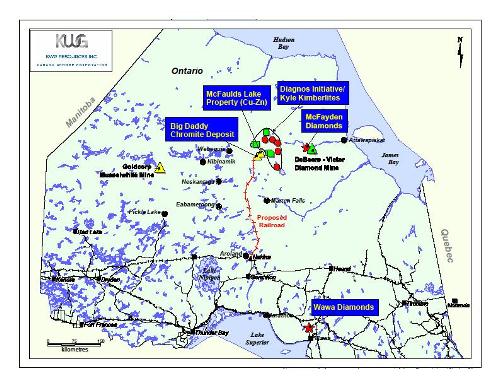This article was provided by the Ontario Mining Association (OMA), an organization that was established in 1920 to represent the mining industry of the province.
Ontario Mining Association member Goldcorp has donated $100,000 to the Good Samaritan Inn in Timmins in support of the homeless. For the past 11 years, the Good Samaritan Inn has provided shelter, clothing and food for the people in need in this Northern Ontario community.
This major financial contribution from Goldcorp’s Porcupine Mines, combined with community fundraising and the support of many volunteers has given Good Samaritan Inn the means to acquire a new building. For Goldcorp Porcupine Gold Mines, the decision to help out was an easy one, said Marc Lauzier, General Manager of Goldcorp’s Porcupine Gold Mines. “Goldcorp is proud to support such a worthy cause and needed service that makes Timmins a strong, healthier community.”
On any given night, the Good Samaritan provides refuge for up to 42 people. According to a recent study by Laurentian University, it is estimated that there are 720 homeless individuals in Timmins including 257 youth under the age of 15.
“Goldcorp is proud to be partnering with the Good Samaritan Inn and supporting the purchase of a new building to provide shelter for the homeless,” said Mr. Lauzier, “Supporting this excellent community-based group, the dedicated volunteers and the important work they are doing is one way we can do just that.”

























